The world remembers it as one of the significant events that shaped modern history as we know it. But for Indians 15 August 1947 will always remain a day etched in the hearts of many.
The reason – the freedom struggle was a long-drawn process which culminated in sweet victory, but also loss, where brave men and women laid down their lives all for the love of the nation.
These pictures are an ode to them, and to the events that shaped the Indian Freedom Movement.
1. Partition horrors
The Partition of 1947 brought with it a sense of victory as it was a symbol of the British Raj in India being dissolved. However, in the process, families on both sides were torn apart and shattered. Along with this disruption of families, there were also wars, casualties and mass migrations that took a toll on the people.
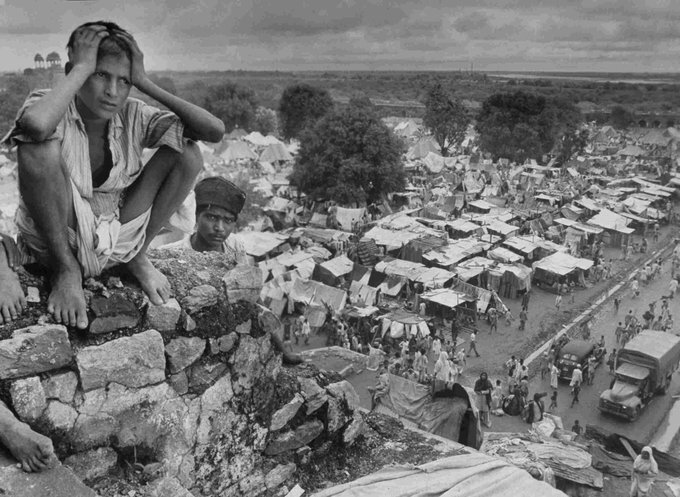
The picture shows a young boy sitting at the scene of a refugee camp in Delhi. His face reflects the agony that many of the survivors of Partition go through to this very day.
2. Quit India Movement
On 8 August 1942, the country saw masses of people march into the streets shouting out slogans, all with one message loud and clear: Quit India. The message was directed at the British rulers who had established their reign in India and were refusing to budge.
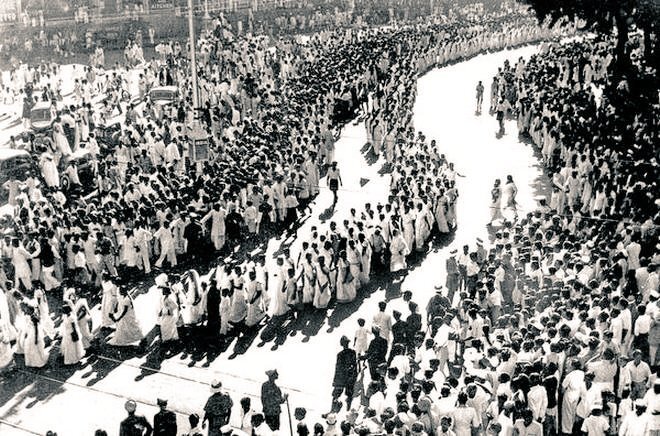
The movement commenced with a speech by Mahatma Gandhi who called the citizens of India to do or die. He urged Indians to come forward and give their all to free India from the clutches of the British.
3. Abbas Tyabji
As a freedom fighter, Abbas Tyabji was also an associate of Mahatma Gandhi. He is even known to have led the Salt Satyagraha in 1930 following Gandhi’s arrest. In spite of being an England-educated barrister and surrounded by respect for the British, Abbas was a man of fairness.
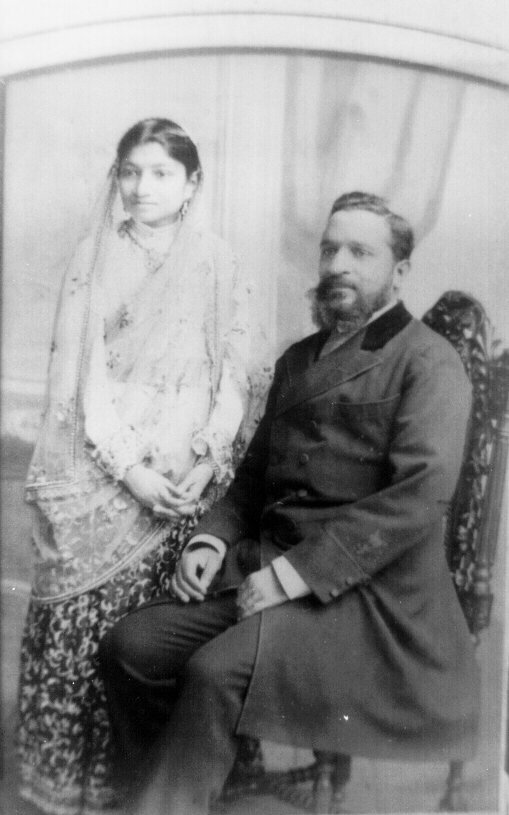
Hence, when Gandhiji was unable to take the movement forward, it was he who stepped into the shoes and led the Indian National Congress. As Gandhi writes in his autobiography, “Under Abbas Tyabji’s influence, Gujarat accepted the non-cooperation programme even before the Congress as a whole did.”
4. Fasting as a form of protest
It is said that Mahatma Gandhi undertook a total of 18 fasts during the freedom movement, with his longest being 21 days. Fasts were not an uncommon sight in those days. They were seen as a non-violent form of protest against the happenings.

In the picture, Mahatma Gandhi has been captured at the beginning of one such fast.
5. Kasturba Gandhi
A stalwart who stood by Gandhi during his efforts to free India from the British, Kasturba Gandhi’s contribution often goes unrecognised. As historian Vinay Lal writes, “Kasturba never acceded to her husband’s wishes easily, and Gandhi’s autobiography itself furnishes a remarkable testimony to her tenacity and independence of judgement, and the sharp disagreements she came to have with him when, in the first two decades of their marriage, he unreasonably sought to bring her under his control.”
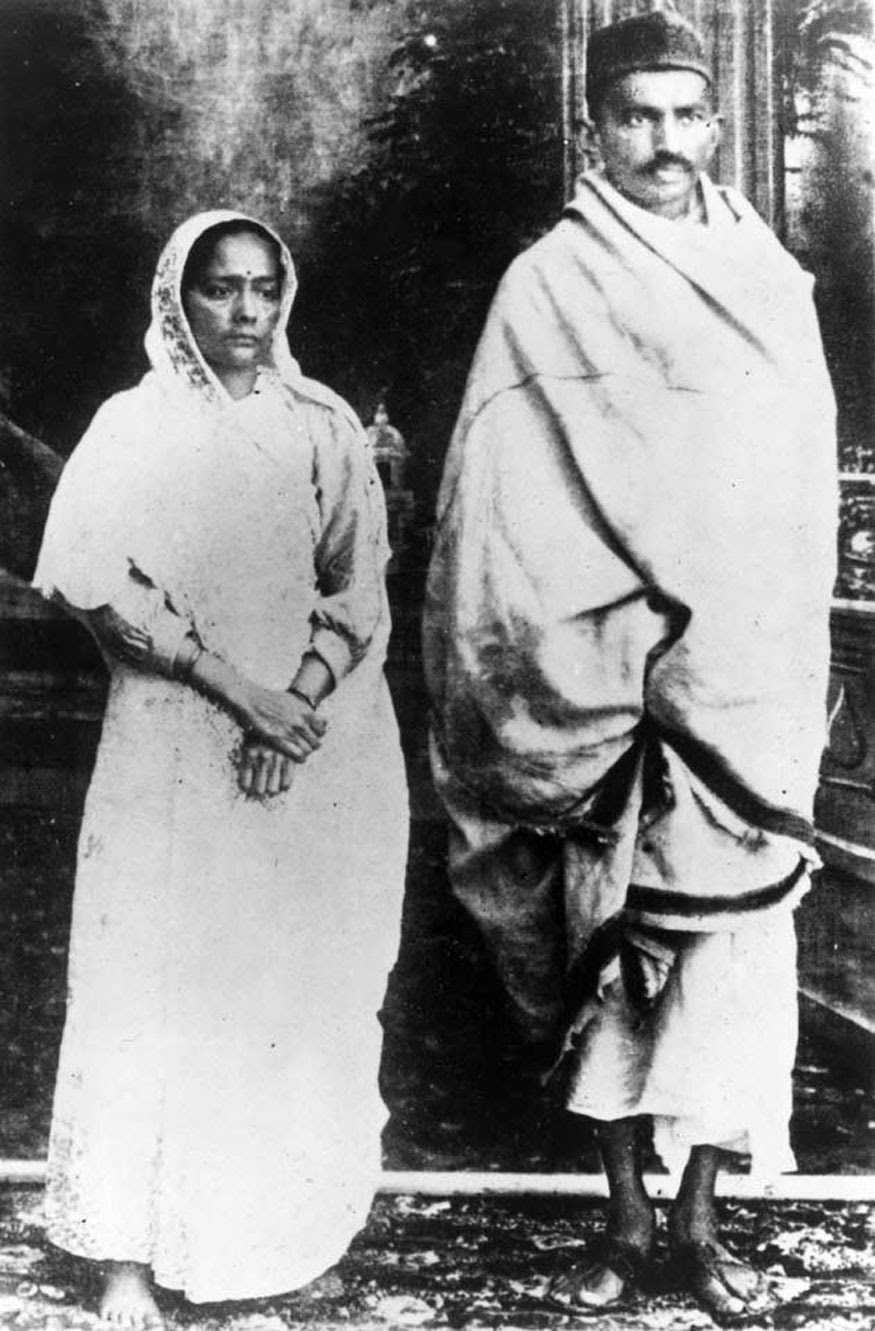
The picture was taken in January 1922. It is significant for being one taken shortly before Gandhi’s arrest by the British Raj for conspiracy.
6. Protests in Bombay
As the struggle for freedom was intensifying, protests were seen erupting all over the country. In the picture, protestors in Bombay (modern-day Mumbai) can be seen being confronted by the police.
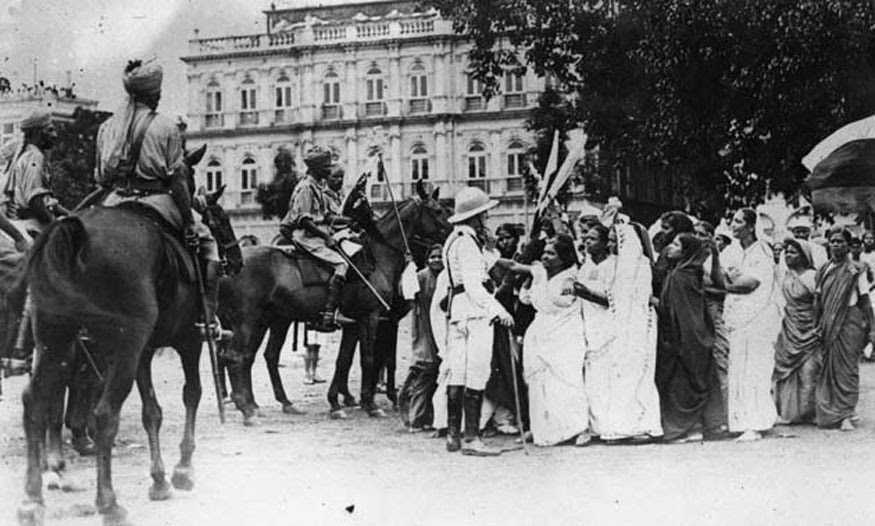
When a meeting of the National Congress at Esplanade Maidan was banned, the members were agitated. They began protesting and demanding their rights. The police however defeated the unarmed protesters, including women and children, by beating them with heavy lathis.
7. The time the Royal Indian Navy revolted
Also known as the Last War of Independence or the Naval Uprising of 1946, the event saw the sailors of the Royal Indian Navy revolting against British rule. Their reasons for revolt were unfulfilled promises that were made to them at the time of their recruitment, unsanitary living conditions, and to top this, racial discrimination. Along with these factors, however, there was also a sense of peer influence.
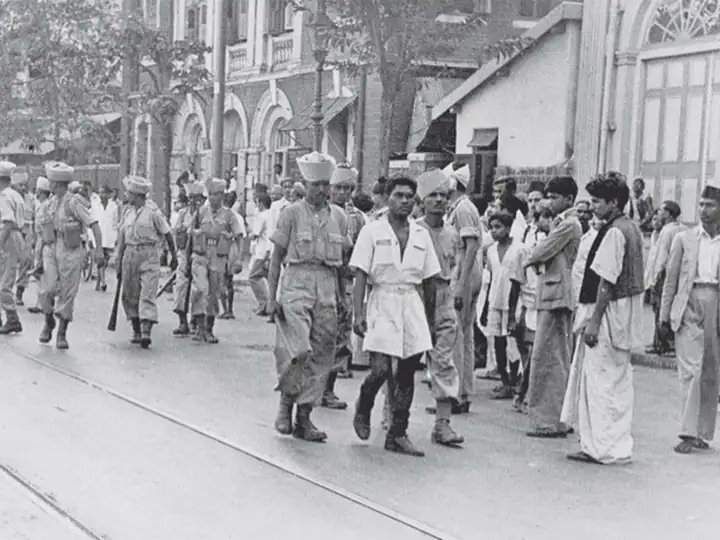
Their counterparts, the Indian National Army (INA) were involved in the struggle for freedom, and the Navy too wanted to show their solidarity.
8. Netaji Bose at Haripura
Netaji Subhash Chandra Bose was elected as the President of the Haripura Congress Session in 1938. That year, the Indian National Congress met at Haripura from February 19 to 22 and 51 bullock chariots had been decorated for this occasion.

In addition to this, the famous painter Nandalal Bose created seven posters to mark the occasion while filmmaker JBH Wadia made a feature documentary about the Haripura Congress.
9. Simon Go Back
A commission was appointed under the chairmanship of Sir John Simon in 1927 to see to the reforms that were happening in India. The Indians felt this was an insult to their leadership. When the commission arrived in India on 3 February 1928, under the leadership of Gandhi, Indians revolted and asked the commission to turn back.
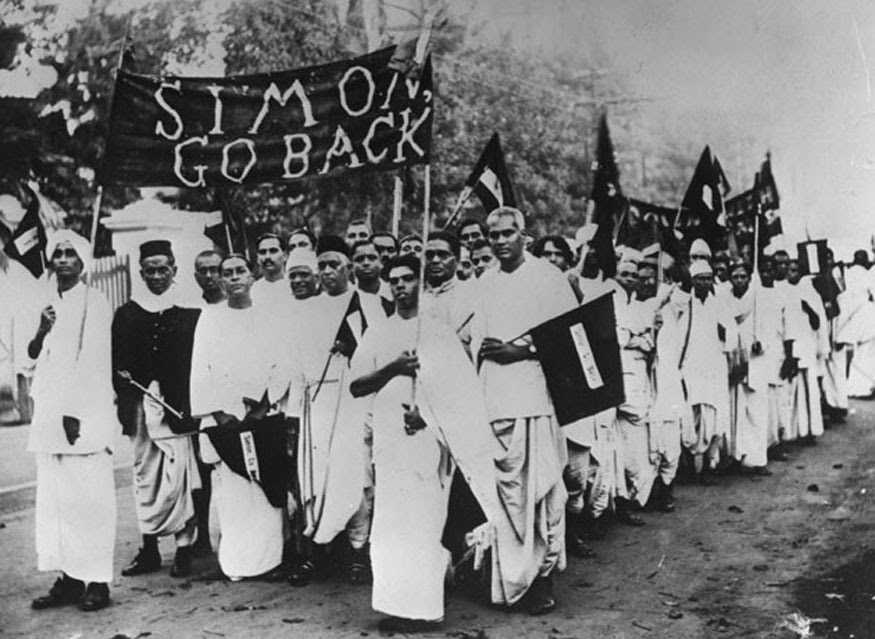
Their clarion call went down in history: ‘Simon Go Back’.
10. Non-violent ways of protest
As foreign imports began increasing into the nation, there was a threat to the domestic sale of goods, especially cloth. Indians began opposing the sale of imported cloth and relying on handmade khadi and national fabrics.
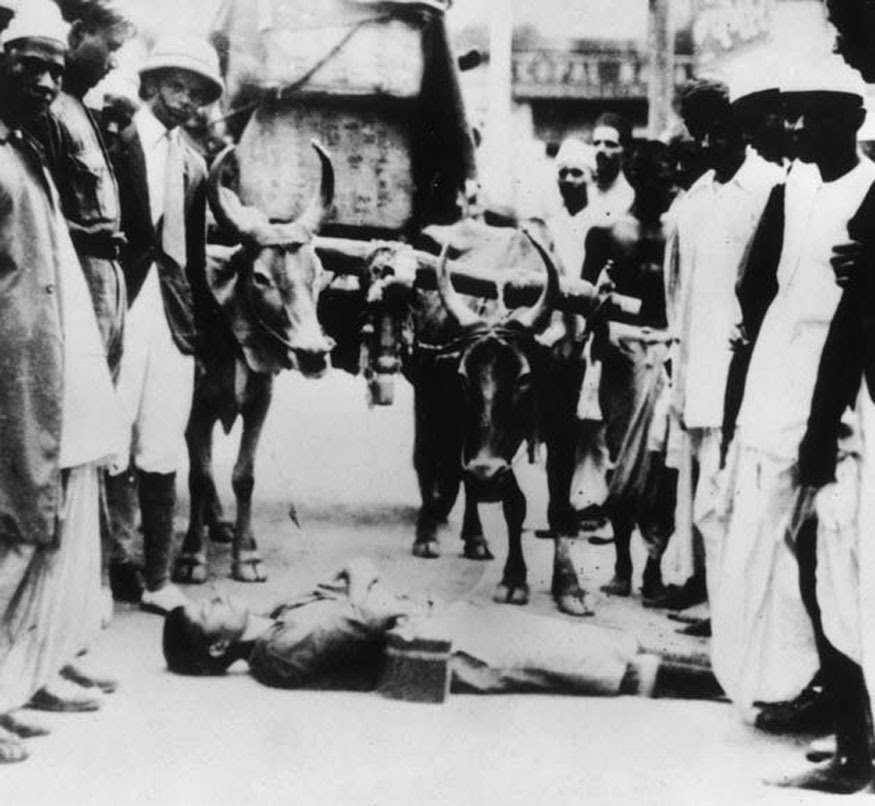
The picture was taken during one such protest in September 1930 wherein an Indian volunteer can be seen lying in front of a cartload of imported British clothes that were being brought into then-Bombay.
Sources
1946 Last War of Independence Royal Indian Navy Mutiny review: The 1946 naval uprising by KRA Narasiah, Published on 7 May 2022.
Abbas Tyabji: Forgotten Indian Freedom Fighter, associate of Gandhi, Published on 1 February 2018.
Kasturba Gandhi, the larger than life shadow of Mahatma Gandhi by Tanvi Dubey.
Simon Go Back!: Reflections of the Indian Press on the Boycott of Simon Commission in the Madras Presidency, 1928-1930 by V Venkatraman, Published on 20 August 2019.
Edited by Yoshita Rao
No comments:
Post a Comment